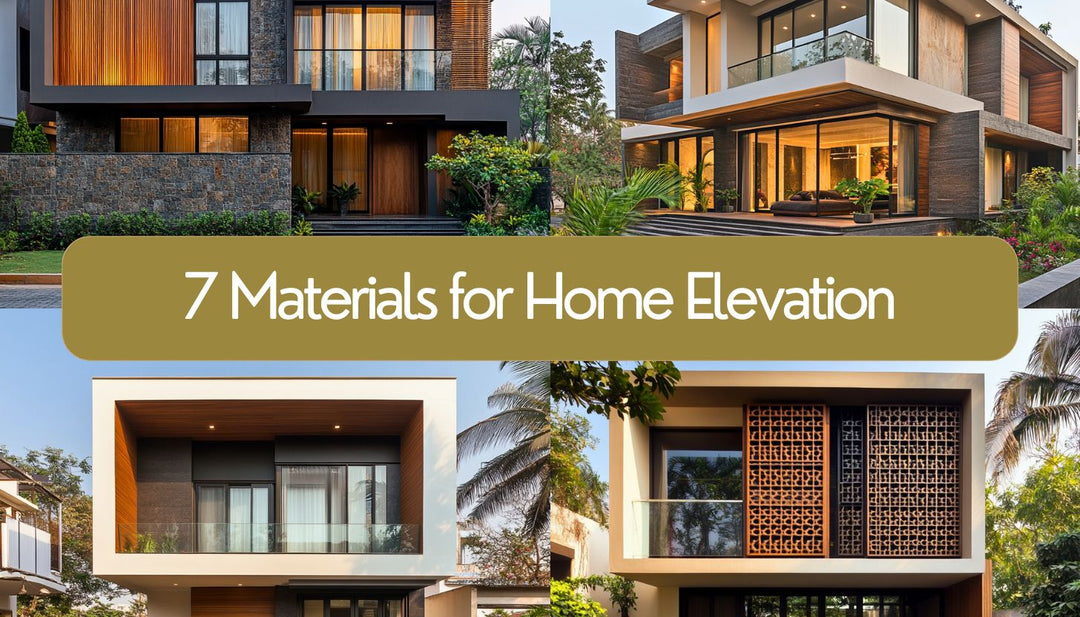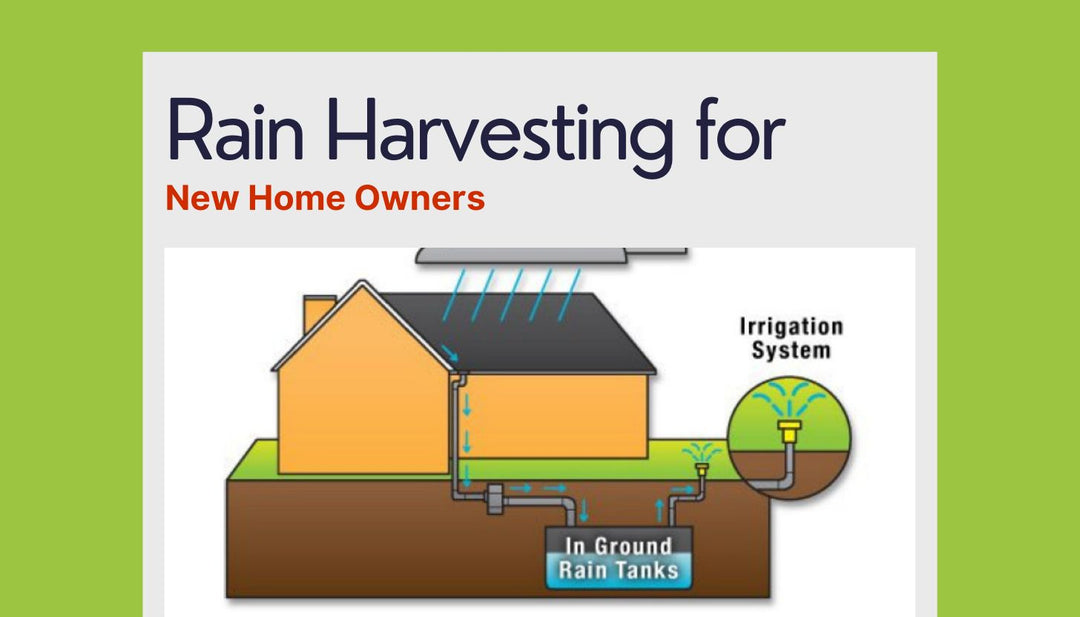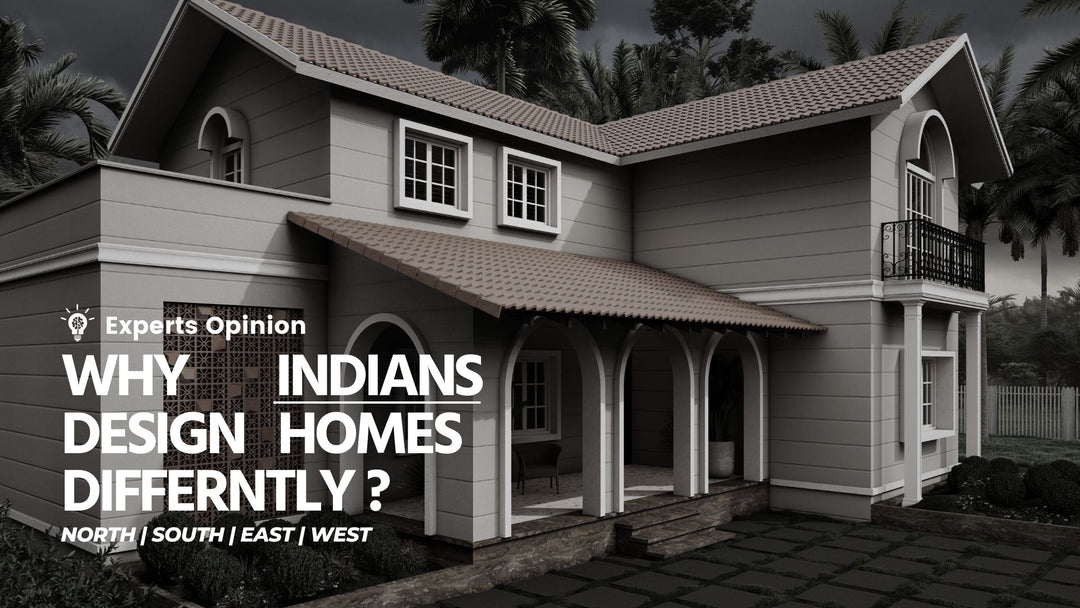The trend towards Energy-efficient and Passive Architecture in Indian Home Design
As homeowners in India, we often think about the look and feel of our homes, but have you ever considered the impact they have on your energy bills and the environment? Energy-efficient and passive architecture may not be the first thing that comes to mind when designing or renovating your home, but these design features have some surprising benefits that are worth considering. In this blog post, we'll dive into the lesser-known advantages of energy-efficient and passive architecture and how they can save you money and reduce your carbon footprint.
-
Energy savings: You might think that investing in energy-efficient design features such as insulation, energy-efficient windows, and efficient heating and cooling systems would cost more upfront, but the long-term savings can be substantial. A study by the Energy and Resources Institute (TERI) found that adopting energy-efficient measures in residential buildings in India can lead to energy savings of up to 35%. Imagine what you could do with the extra money you save on your monthly utility bills!

Design Feature Example Insulation Using insulation in the walls, ceiling, and floors of your home Energy-efficient windows Replacing single-pane windows with double-pane, low-emissivity windows Efficient heating and cooling systems Using a heat pump or a high-efficiency furnace and air conditioner -
Environmental impact: When we think about going green, we often think about things like recycling and using reusable bags, but did you know that the design of your home can also make a big difference? Energy-efficient and passive architecture can help to reduce the environmental impact of your home by using sustainable materials and design features that minimize your carbon footprint.

Design Feature Example Sustainable materials Using bamboo, recycled materials, or low-VOC paints in the construction of your home Energy-efficient design features Incorporating natural ventilation, rainwater harvesting, and solar panels into your home design -
Comfort: Passive architecture and energy-efficient design can create a comfortable living environment by maximizing natural light and regulating temperature. Passive solar design, for example, can help to warm your home in the winter and cool it in the summer, reducing the need for artificial heating and cooling systems. This means you can say goodbye to stuffy summer nights and chilly winter mornings, and hello to a comfortable living space all year round.

Design Feature Example Maximizing natural light Using skylights, windows, and light tubes to bring natural light into your home Passive solar design Orienting your home towards the sun, using thermal mass, and incorporating shading to naturally heat and cool your home -
Durability: Energy-efficient and passive architecture can also result in a more durable and long-lasting home. These design features can help to protect against weather-related damage and reduce the need for costly repairs in the long run. By investing in energy-efficient and passive architecture, you're not just saving money on your energy bills and helping the environment, but you're also making a smart investment in the long-term value of your home.

Design Feature Example Energy-efficient design features Using durable, sustainable materials and design features that can withstand weather-related damage -
Resale value: Homes with energy-efficient and passive design features are becoming increasingly popular in India, and as a result, they may have a higher resale value. This is because more and more homeowners are looking for homes that are sustainable, energy-efficient, and comfortable to live in. By incorporating these design features into your home, you're not only making your own living experience more enjoyable, but you're also increasing the appeal of your home to potential buyers in the future.
Design Feature Example Energy-efficient and passive architecture Incorporating energy-efficient and passive design features into your home to increase its appeal to potential buyers
Passive Architecture Design:
Passive architecture design is a concept that has gained increasing popularity in recent years as a way to create energy-efficient and comfortable homes. But what exactly is passive design and how does it differ from traditional energy-efficient design?
In simple terms, passive design refers to the use of natural elements and resources to regulate the temperature and light levels in a building. This is achieved through techniques such as orienting the building towards the sun, using natural ventilation, and incorporating thermal mass materials.

On the other hand, traditional energy-efficient design focuses on using technology and artificial systems to reduce energy consumption. This can include the use of energy-efficient appliances, insulation, and windows.
So, which is the better approach? A study by the National Renewable Energy Laboratory (NREL) compared the energy performance of passive and traditional energy-efficient homes and found that passive homes used an average of 50% less energy for heating and cooling compared to traditional energy-efficient homes.
Here is a comparison of the key differences between passive and traditional energy-efficient design:
| Passive Design | Traditional Energy-Efficient Design |
|---|---|
| Uses natural elements and resources to regulate temperature and light levels | Uses technology and artificial systems to reduce energy consumption |
| Can lead to significant energy savings | Can lead to energy savings, but typically not as much as passive design |
| Can create a comfortable indoor environment | Can create a comfortable indoor environment, but may require the use of artificial systems such as air conditioning |
| Emphasizes the design of the building itself | Emphasizes the use of energy-efficient products and systems |
Here is a table that lists various passive design techniques prevalent in India, grouped by geographical region, and the impact they can have on your project:
| Passive Design Technique | Region | Examples | Impact on Homeowner |
|---|---|---|---|
| Orienting building towards the sun | All regions | Placing windows and openings on the south side of the home in the Northern Hemisphere, or on the north side in the Southern Hemisphere | Can help reduce heating costs in the winter |
| Using natural ventilation | All regions | Incorporating windows, vents, and doorways to allow natural airflow | Can help regulate the temperature of the home and improve air quality |
| Incorporating thermal mass materials | All regions | Using materials such as concrete, brick, or stone that can absorb and release heat slowly | Can help regulate the temperature of the home and reduce energy consumption |
| Using shading devices | All regions | Using overhangs, awnings, or trees to block direct sunlight | Can help reduce the need for air conditioning in the summer |
| Using courtyard design | All regions | Creating a central courtyard that can act as a natural ventilation and light source for the home | Can create a comfortable indoor environment and reduce the need for artificial lighting |
| Using roof ponds or other water-based cooling systems | All regions | Creating a pond or pool on the roof that can evaporate and cool the surrounding air | Can help cool the home and reduce the need for air conditioning |
| Using wind towers | All regions | Constructing a tall, slender tower that can draw in cool air from the outside and ventilate the home | Can help ventilate the home and reduce the need for air conditioning |
| Using earth-sheltering techniques | Northern and central regions | Building the home partially or fully underground to take advantage of the earth's thermal mass and insulation | Can help regulate the temperature of the home and reduce energy consumption |
As you can see, there are many different passive design techniques that can be used in India, depending on the region and climate. By incorporating a combination of these techniques, you can create a home that is energy-efficient, comfortable, and cost-effective.
Conclusion:
In conclusion, energy-efficient and passive architecture can provide numerous benefits for Indian homeowners. From energy savings and environmental impact to comfort and durability, these design features are worth considering when designing or renovating your home. With the increasing demand for sustainable and energy-efficient homes in India, investing in these design features may also enhance the resale value of your home. So next time you're thinking about updating your home, don't forget to consider the hidden benefits of energy-efficient and passive architecture.
- Mixing Old and New: Traditional and Modern Home Design- "Unleash the potential of your home with a unique blend of traditional and modern design elements."
- The trend towards Energy-efficient and Passive Architecture in Indian Home Design- "Discover the cutting-edge architectural trends revolutionizing Indian home design for energy efficiency."
- The use of Geometric Shapes and Patterns in Home Design- "Add some geometric flair to your home design, Learn how geometric shapes and patterns can enhance your space."
- Creating the Ideal Home Office in India: Tips, Tricks, and Product Recommendations- "Creating your ideal home office in India is just a few tips and product recommendations away."
- Mindfulness at Home: How to Transform Your Space into a Sanctuary of Peace- "Transform your home into a peaceful oasis with these mindfulness-inspired decorating ideas."
- The Popularity of Open Floor Plans and Multi-Functional Spaces- "Open floor plans are the future of interior design, find out how to make the most of your space."
- Trends in Sustainable and Eco-Friendly Design for Indian Homeowners Use- "Elevate your home design to new heights of sustainability with these eco-friendly trends."
- Bringing Back the Glamour: Art Deco Home Design- "Relive the golden age of design and add some Art Deco elements to your home."
- The Industrial Chic Look: How to Achieve it in Your Home-"Achieve the industrial chic look in your home, Get some expert tips on how to acheive this trendy look"
- Minimalism 101: How to Create a Calming, Clutter-Free Space- "Discover the power of minimalism and learn how to create a peaceful, clutter-free home."
- Add a Touch of Luxury with These Materials- "Add a touch of luxury to your home, know what materials to use for luxury touch"








Leave a comment